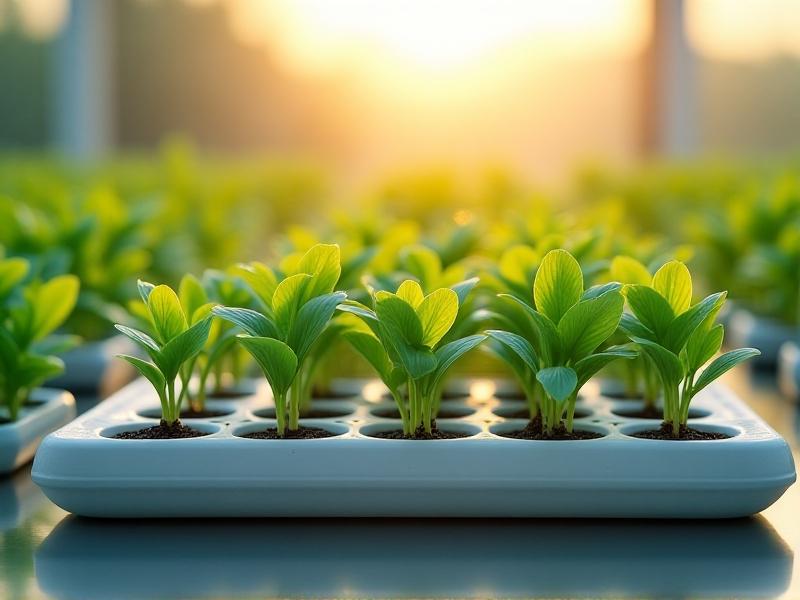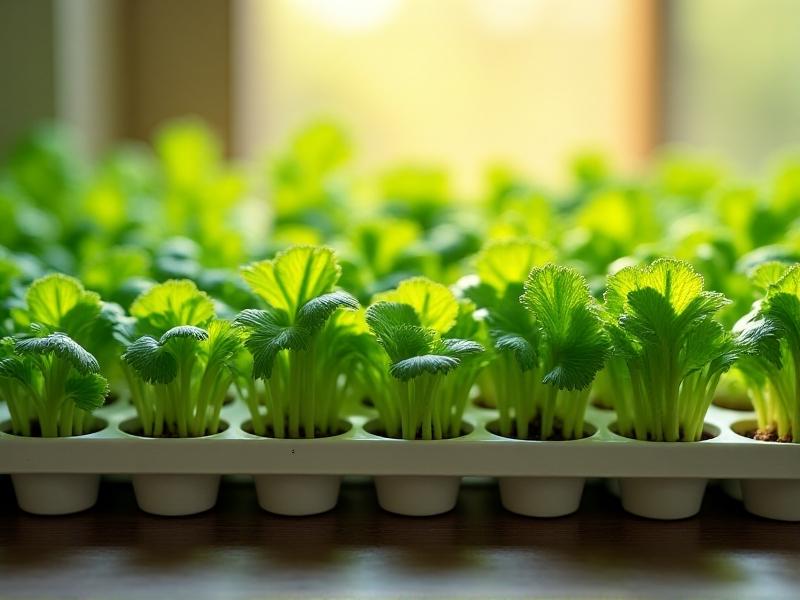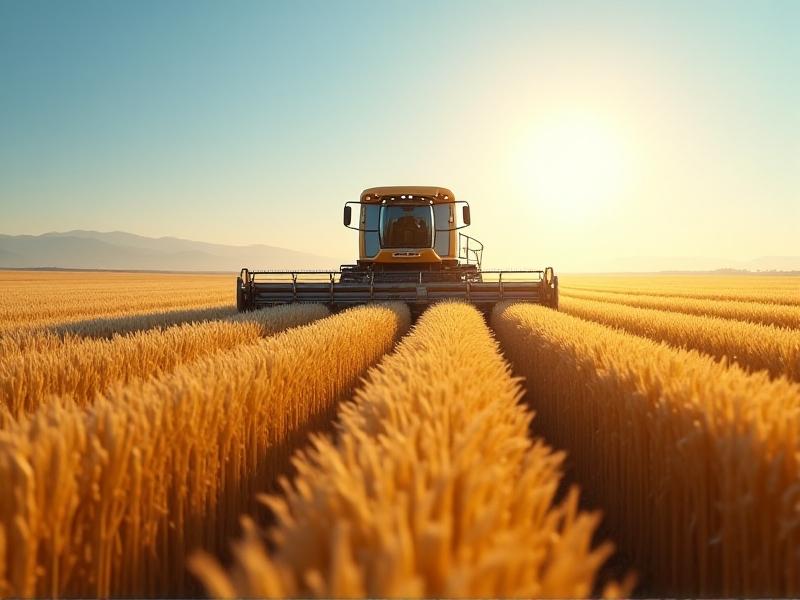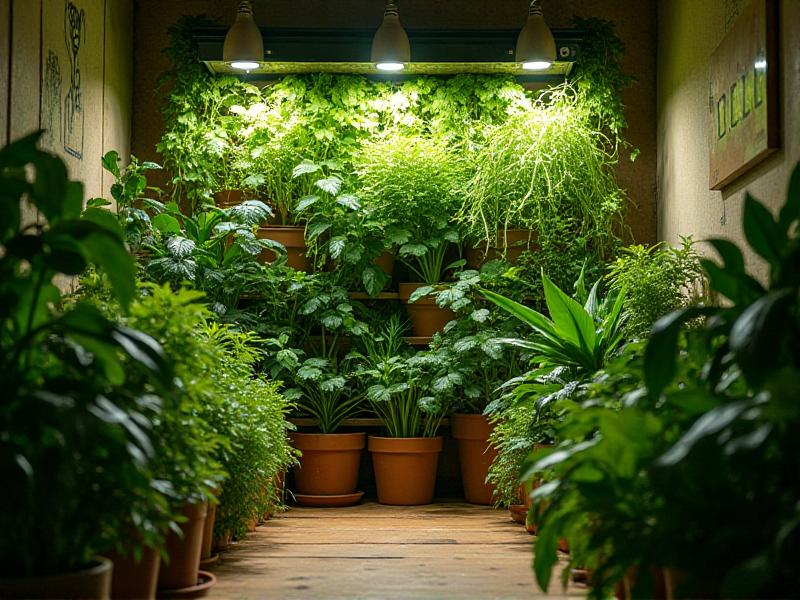Priming Seeds for Faster Germination
Understanding Seed Priming: The Science Behind Faster Germination
Seed priming is a pre-sowing treatment that enhances seed performance by initiating the early stages of germination. This process involves controlled hydration of seeds to a point where metabolic activities begin but do not lead to radicle emergence. By doing so, seeds are 'primed' to germinate faster and more uniformly once planted. The science behind seed priming lies in its ability to activate enzymes, repair cellular damage, and synchronize the germination process. This technique is particularly beneficial for crops in challenging environments, where rapid and uniform germination can significantly impact yield.
Methods of Seed Priming: Techniques for Optimal Results
There are several methods of seed priming, each tailored to specific crop needs and environmental conditions. Hydropriming involves soaking seeds in water for a set period, while osmopriming uses solutions like polyethylene glycol to control water uptake. Solid matrix priming incorporates moistened solid materials, such as vermiculite, to hydrate seeds slowly. Another popular method is biopriming, which introduces beneficial microorganisms to enhance seed vigor. Each method has its advantages, and choosing the right one depends on factors like seed type, climate, and desired outcomes. Understanding these techniques allows farmers and gardeners to optimize germination rates and improve crop performance.
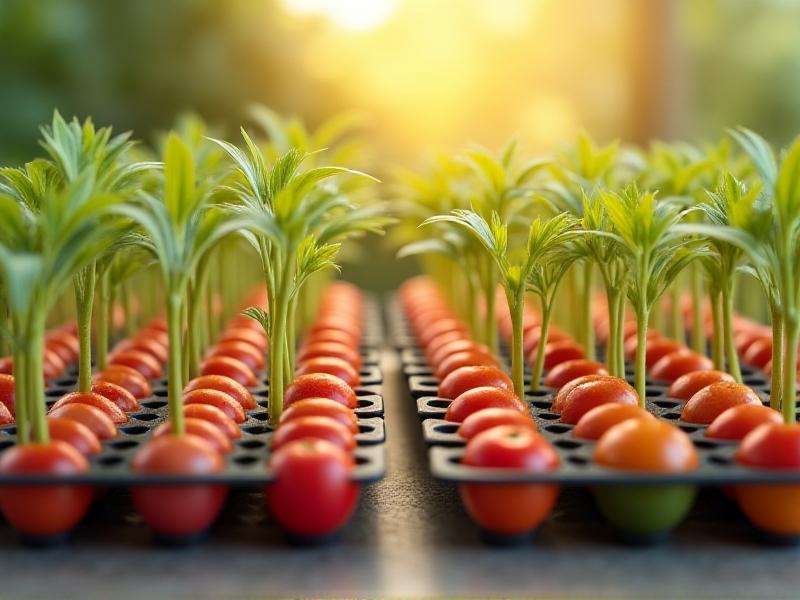
Benefits of Seed Priming: Why It’s Worth the Effort
Seed priming offers numerous benefits that make it a valuable practice for both commercial agriculture and home gardening. Primed seeds germinate faster, reducing the time between sowing and emergence. This leads to more uniform crop stands, which is crucial for maximizing yield. Additionally, priming enhances seedling vigor, making plants more resilient to environmental stresses like drought, salinity, and temperature fluctuations. For farmers, this translates to reduced input costs and higher profitability. Home gardeners also benefit from healthier plants and a more successful growing season. The effort invested in seed priming pays off in the form of robust, high-performing crops.

Challenges and Considerations in Seed Priming
While seed priming offers many advantages, it’s not without challenges. One major consideration is the risk of over-priming, which can lead to premature germination or seed damage. Timing and environmental conditions must be carefully controlled to avoid these pitfalls. Additionally, the cost and labor associated with priming can be a barrier for some farmers, especially in resource-limited settings. Storage of primed seeds also requires attention, as they are more susceptible to deterioration than untreated seeds. Despite these challenges, proper planning and execution can mitigate risks and ensure successful outcomes.
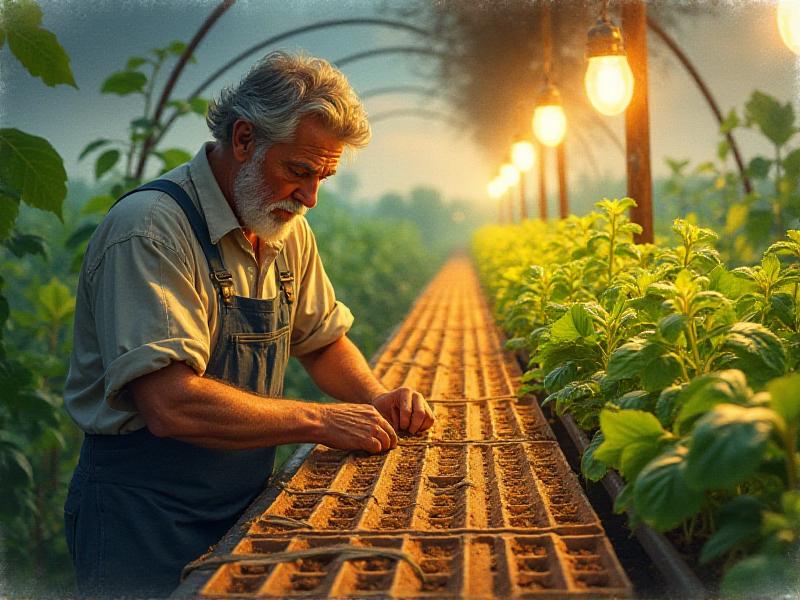
Seed Priming for Different Crops: Tailoring the Process
Not all crops respond the same way to seed priming, making it essential to tailor the process to specific plant species. For example, vegetables like tomatoes and peppers benefit significantly from hydropriming, while cereals like wheat and barley may respond better to osmopriming. Legumes, such as beans and peas, often thrive with biopriming due to their symbiotic relationships with beneficial microbes. Understanding the unique needs of each crop allows for more effective priming strategies, ensuring optimal germination and growth. This tailored approach maximizes the benefits of seed priming across diverse agricultural systems.
DIY Seed Priming: A Guide for Home Gardeners
Seed priming isn’t just for commercial farmers—it’s a technique that home gardeners can easily adopt to improve their gardening success. Simple methods like soaking seeds in water or using moist paper towels can be effective for small-scale priming. The key is to monitor the seeds closely to avoid over-priming and ensure they are planted promptly after treatment. DIY seed priming can lead to faster germination, healthier seedlings, and a more productive garden. With minimal equipment and a bit of practice, even novice gardeners can master this technique and enjoy its benefits.
The Future of Seed Priming: Innovations and Trends
As agricultural practices evolve, so do the techniques and technologies associated with seed priming. Innovations like nanotechnology and precision priming are paving the way for more efficient and effective methods. Researchers are also exploring the use of plant growth regulators and advanced biostimulants to enhance priming outcomes. These advancements promise to make seed priming more accessible and impactful, particularly in regions facing climate challenges. The future of seed priming lies in its ability to adapt to changing agricultural needs and contribute to sustainable food production.
Conclusion: Embracing Seed Priming for a Greener Tomorrow
Seed priming is a powerful tool that bridges the gap between traditional farming and modern agricultural practices. By understanding its science, methods, and benefits, farmers and gardeners can unlock the full potential of their crops. While challenges exist, the rewards of faster germination, improved resilience, and higher yields make seed priming a worthwhile investment. As we look to the future, continued innovation in this field will play a crucial role in addressing global food security and environmental sustainability. Embracing seed priming is a step toward a greener, more productive tomorrow.


